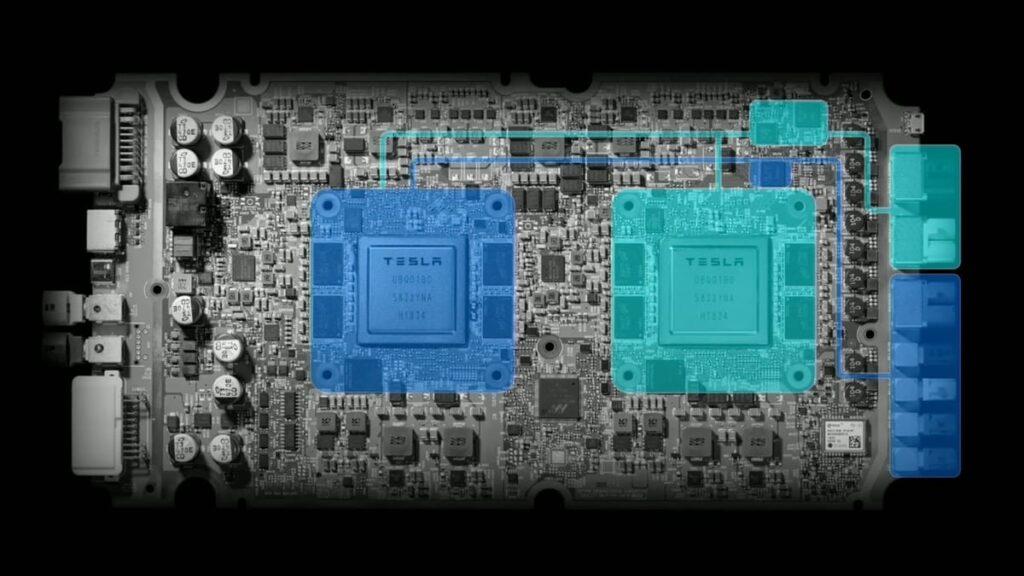Tesla’s Latest Patent Unveils Optimization Techniques for FSD
Exploring Tesla’s innovative approach to optimizing AI, particularly in the realm of Full Self-Driving (FSD) technology for autonomous vehicles and robots, Patent WO2024073115A1 sheds light on the efficient utilization of complex AI models on specialized hardware.
For a comprehensive understanding of Tesla’s optimization strategies, we recommend familiarizing yourself with our previous articles on How FSD Works and Tesla’s Universal Translator, which streamline FSD deployments and enhance operational efficiency.
Diving into the specifics, let’s break down key aspects of Tesla’s optimization techniques:
AI Subnetworks
Breaking down FSD into smaller, specialized sub-networks enables Tesla to enhance specific functionalities through targeted training. This modular design not only improves individual components but also enhances overall system performance and adaptability.
- Recognizing and interpreting traffic signals
- Detecting and tracking moving objects
- Maintaining lane position and navigating roads
- Generating 3D maps of the environment
- Planning paths and making real-time driving decisions
Tailored Compilers
Customized compiler toolchains translate FSD algorithms into machine code optimized for each hardware component, including CPUs, GPUs, and AI accelerators. This tailored approach maximizes performance and efficiency across diverse processors.
Strategic Assignment
Intelligent task assignment ensures that computationally intensive processes are allocated to high-performance processors, while simpler tasks are delegated to more efficient units. This strategic distribution optimizes system efficiency and resource utilization.
Optimized Scheduling
An execution scheduler determines the most efficient sequence of operations for hardware components, minimizing delays and enhancing real-time responsiveness. This optimized scheduling enables quick decision-making in dynamic driving scenarios.
Quantization-Aware Training
Quantization-aware training reduces computational load and power consumption by training FSD with lower-precision numbers. This technique enhances operational efficiency without compromising accuracy, striking a balance between performance and resource utilization.
Clock Synchronization
Precise clock synchronization across processing units ensures accurate and coordinated operation. This synchronization is essential for real-time calculations and effective responses to changing driving conditions.
Redundancy and Failover
Redundant hardware configurations support seamless failover in case of component failure, ensuring system reliability and safety. This redundancy is crucial for maintaining operational integrity, especially in autonomous driving scenarios.
Simplified Analogy
Imagine FSD as a large company with specialized departments (sub-networks), each equipped with unique tools (hardware components). Tesla’s optimization approach acts as an efficient management structure, assigning tasks to departments, providing tools, and coordinating efforts for optimal productivity.
Considering a New Tesla?
Utilize our referral code (nuno84363) for up to $2,000 off your new Tesla purchase and receive 3 Months of FSD complimentary.

